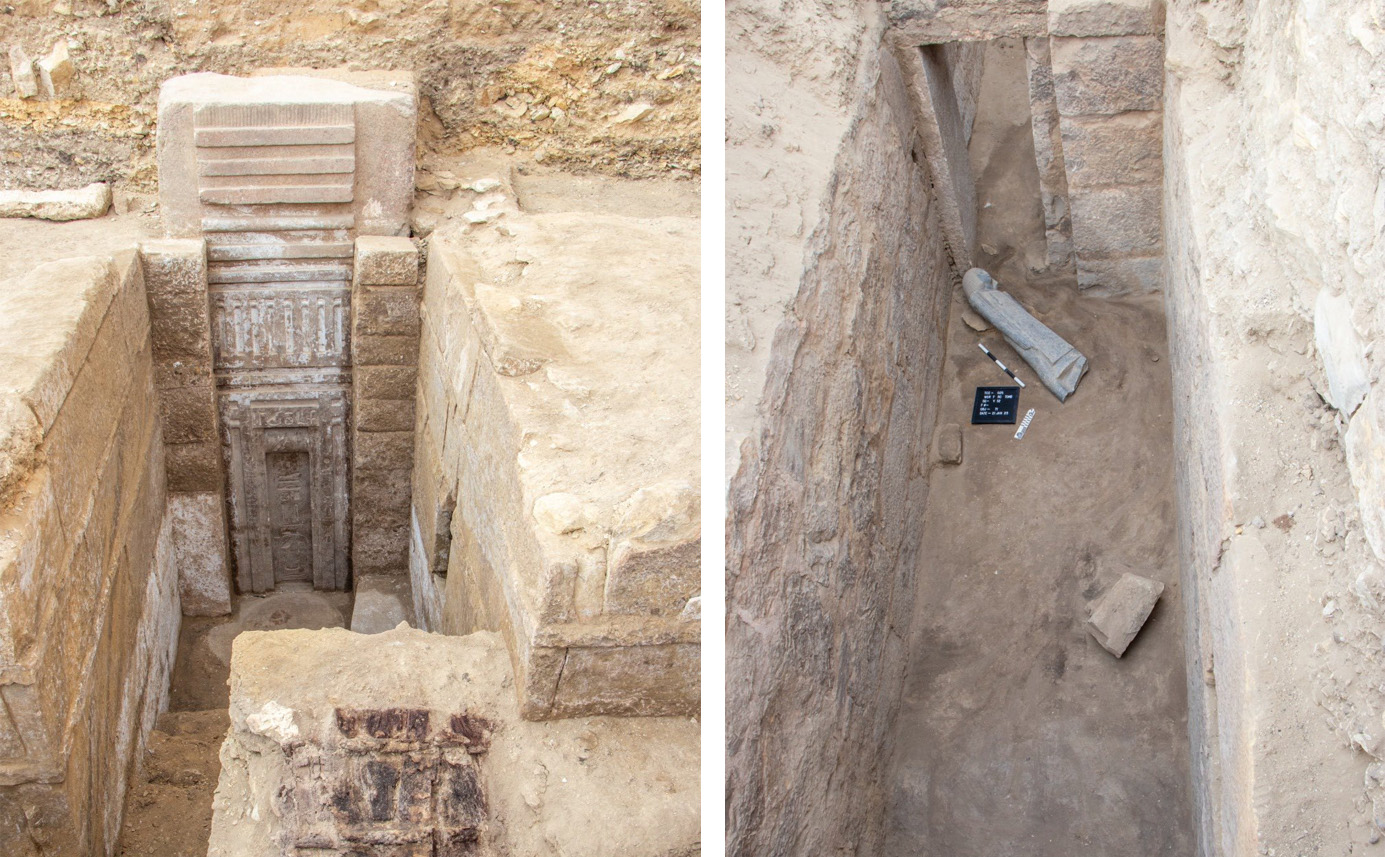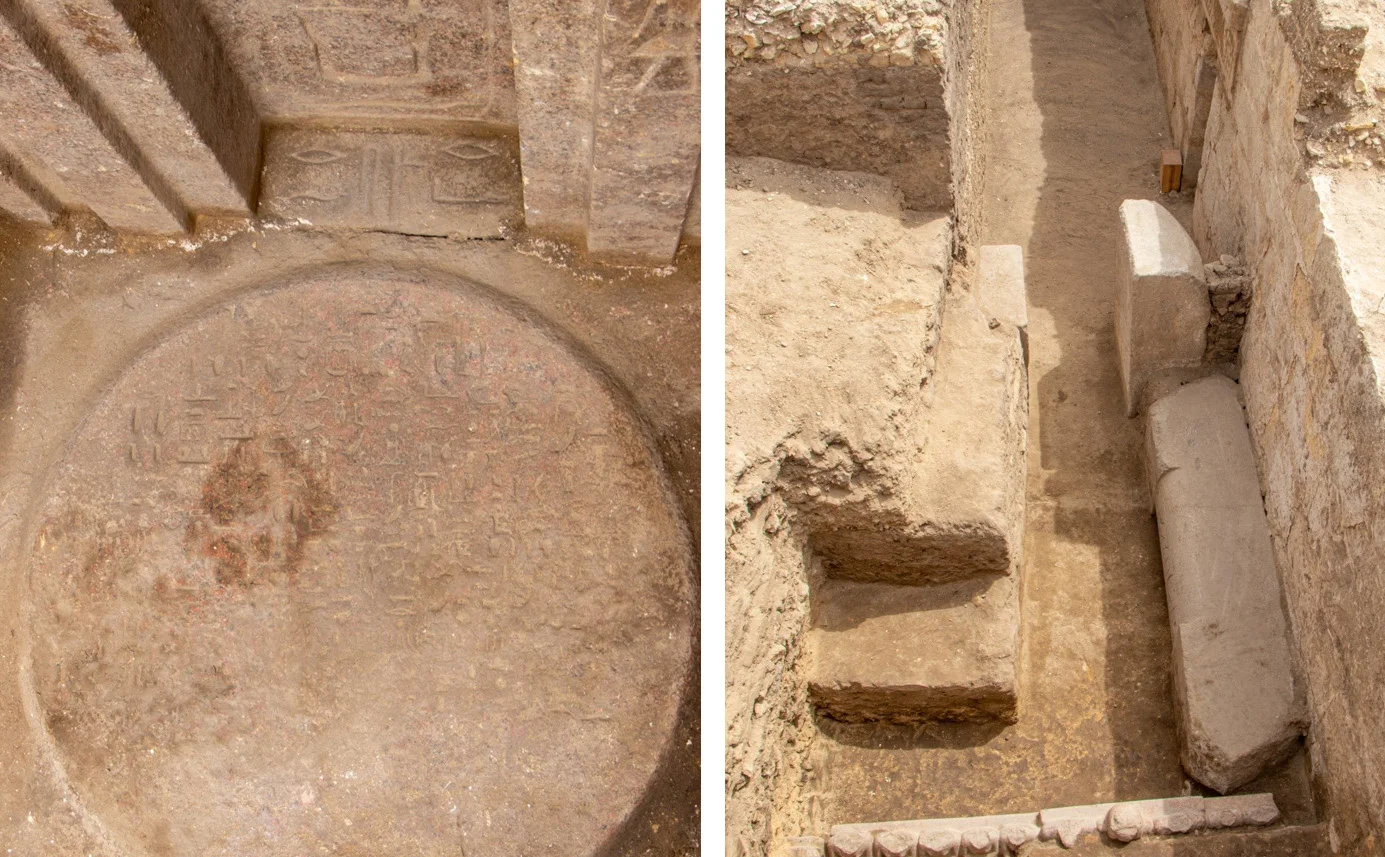An archaeological mission led by Dr. Zahi Hawass has discovered the tomb of Prince Waser-If-Re, the son of King Userkaf, founder of Egypt’s Fifth Dynasty.
Located 40 km southwest of Cairo, Saqqara is one of the most important cemeteries of Memphis and served as the burial site for Egyptian royalty and dignitaries.
Excavations of the tomb was a collaboration between the Supreme Council of Antiquities and the Zahi Hawass Foundation for Archaeology and Heritage, which also unearthed artefacts dating from Egypt’s Old Kingdom Period and the Late Period.
According to a press statement by Egypt’s State Information Service, the tomb of Waser-If-Re has a large false door carved from pink granite. Measuring 4.5 metres tall and 1.15 metres wide, the door is inscribed with hieroglyphic texts detailing the prince’s titles, including “Hereditary Prince,” “Governor of Buto and Nekheb,” “Royal Scribe,” “Vizier,” “Judge,” and “Chanting Priest.”

The eastern façade of the tomb has a secondary granite entrance inscribed with the prince’s name and a cartouche of King Neferirkare, the third king of the Fifth Dynasty.
Within the tomb interior the mission uncovered 13 statues carved from pink granite placed on high-backed chairs. Among them are the statue heads believed to represent the wives of Prince Waser-If-Re, while two headless figures and a toppled black granite statue were also found in the same context.

Among the other notable discoveries are a red granite offering table inscribed with a detailed list of ritual items and a 1.17-metre-tall black granite statue of a standing male figure, dating to Egypt’s 26th Dynasty. Archaeologists suggest that the presence of this statue, along with the cartouche of King Neferirkare, indicates that the tomb was likely repurposed for burials.
Zahi Hawass revealed that the mission also discovered a statue ensemble depicting King Djoser, his wife, and their ten daughters. Preliminary analysis suggests these statues were originally placed in a chamber near Djoser’s Step Pyramid and later moved to the tomb of Prince Waser-If-Re during the Late Period.
Header Image Credit : Ministry of Tourism and Antiquities
Sources : State Information Service





